More than a thousand Cuban exiles stormed the beaches at the Bay of Pigs, Cuba, in April 1961, intending to ignite an uprising that would overthrow the government of Fidel Castro.
The invasion failed and more than seventy-five percent of the members of Brigade 2506 were imprisoned in Cuba. Negotiating their release was no easy task.
James Donovan, who you may know from Tom Hanks’ character in the Hollywood blockbuster, Bridge of Spies, was one of the men who negotiated their release, as well as the release of an additional 10,000 prisoners held in Cuban detention. This is his story.
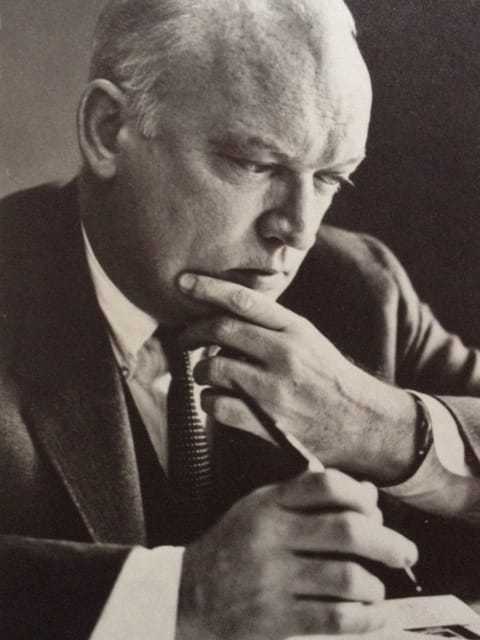
James Donovan
James Donovan—a Fordham University graduate and Harvard educated lawyer—began his career as a US Navy commander and then assistant counsel at the Office of Scientific Research and Development. He was then asked to join the Office of Strategic Services (OSS), this nation’s first non-departmental intelligence agency, by its founder, “Wild Bill” Donovan (no relation). Donovan served as the General Counsel until the OSS was disbanded in 1945 (giving rise to the creation of the CIA in 1947). He then became associate prosecutor at the Nuremberg trials in Germany, trials held to bring Nazi war criminals to justice.
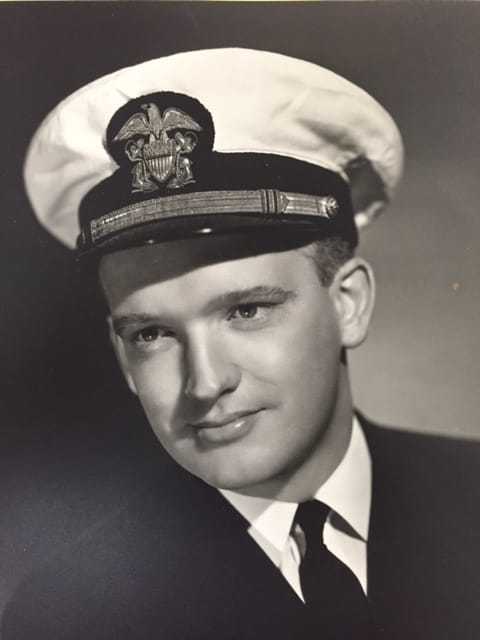
In 1950 Donovan became a partner in the New York based law office of Watters and Donovan. It was while working as a private lawyer that Donovan was approached by the Brooklyn Bar Association and asked to defend an accused Russian spy, Colonel Rudolf Abel. He was asked largely in part because of his work at Nuremberg and his background as wartime counsel to the OSS.
The story of Donovan’s efforts to defend Colonel Abel was captured by filmmaker Steven Spielberg in “Bridge of Spies.” Donovan was played by Tom Hanks, and the movie chronicles Abel’s trial and the subsequent prisoner exchange: Abel for two Americans, U-2 pilot Gary Powers and student Frederick Pryor, in February 1962.
At the request of the United States government, Donovan traveled to East Germany to negotiate the exchange. Working closely with CIA lawyer, Milan Miskovsky, who was back at Langley, Donovan was able to negotiate a deal with the Soviet mediators within 10 days. The prisoners were swapped on the Glienicke Bridge on a cold February morning in Germany.
Kennedy Comes Calling
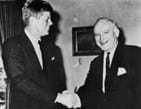
Donovan returned to America in need of some much deserved rest and recuperation. He received neither.
Shortly after Donovan’s return from Germany, he and Miskovsky were contacted by President Kennedy requesting their negotiation skills once again. Instead of three lives, they would be negotiating for the lives of over one thousand prisoners, the product of the failed Bay of Pigs invasion.
Kennedy was impressed by what Donovan and Miskovsky had accomplished in Germany and knew their success was due in part to Donovan’s status as a private lawyer with no official affiliation to the US government. Donovan accepted the request on a pro bono basis.
Castro and Donovan, 1961
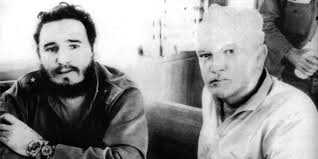
Thus began the first of several trips from the cool climate of New York City to the tropical heat of Havana. Donovan knew firsthand that building trust and rapport would be crucial to a successful negotiation. Donovan was a great assessor of people; he was not frightened of Castro nor did he defer to him, even daring to interrupt Castro, as he tended to be longwinded.
Donovan visited Castro many times in Cuba to establish a mutual understanding and respect. He also wanted to understand what the US could offer Cuba for the prisoners. Donovan made it a practice to stay in touch as much as practical with the CIA regarding his activities in Cuba.
During a road trip across the island, Castro appeared eager to impress Donovan with the changes that had occurred during the four years since his rise to power, such as a new emphasis on literacy and more adequate housing for the peasants.
The rapport building, however, came to an abrupt halt in October 1962 during the Cuban Missile Crisis.
The Soviets had installed nuclear-armed missiles on Cuba. In response, the US enacted a naval blockade around the island nation. The crisis lasted 13 days until Soviet leader Nikita Khrushchev offered to remove the missiles in exchange for the US promising not to invade Cuba.
Following what many people feared was the brink of a nuclear war, Donovan resumed his trips to Cuba. Donovan made the point to Castro that the US was his only option. There were no other countries interested in the release of his political prisoners, so if he wished to negotiate with someone, it had to be us.
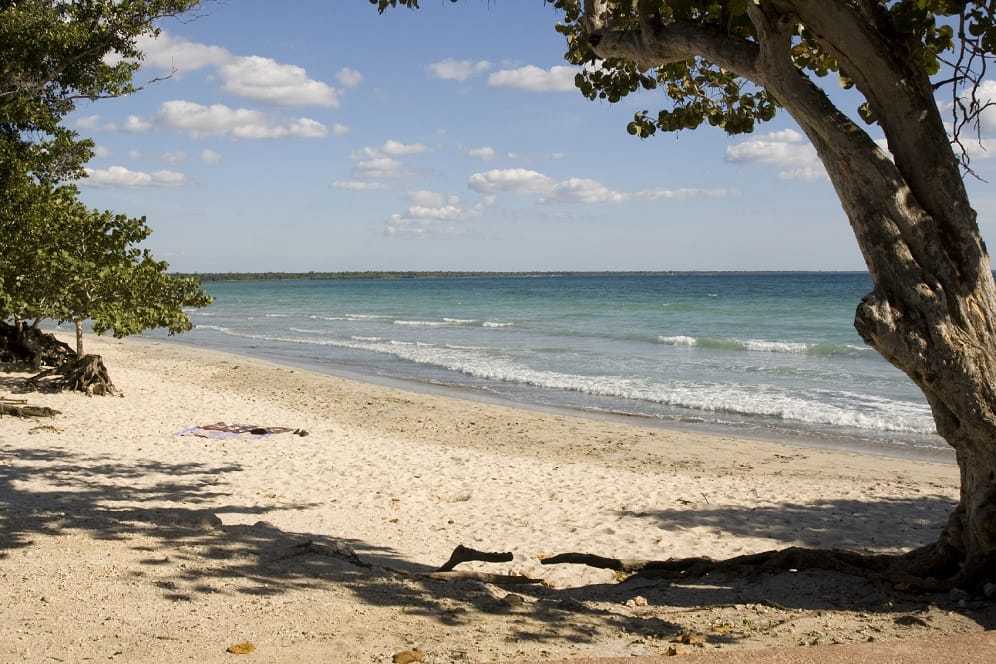
That Donovan was able to successfully build a relationship with Castro during the Cold War, and specifically the Cuban Missile Crisis, is no small feat and speaks to his extraordinary character.
A short while after the Cuban Missile Crisis, Donovan brought his 18 year old son with him to Cuba to demonstrate his trust in Castro. This gesture was well received by Castro who, among other fun activities, took Donovan and his son fishing in one of his favorite spots: the Bay of Pigs.
The Offer
On a casual Saturday afternoon in Brooklyn, Donovan found himself playing a friendly game of gin rummy with the president of Pfizer Pharmaceuticals. The subject of the Cuban negotiations came up. As the cards were dealt, both men pondered what the US could offer in exchange for the prisoners. They needed to come up with something that would clearly benefit the Cuban people.
As they wore away the afternoon, shuffling cards and ideas, it struck them. Cubans were suffering from a serious lack of pharmaceuticals and food. Over a game of cards, Donovan decided to exchange the prisoners for the two most important ingredients needed to sustain life.
The Exchange
On December 21, 1962, Castro and Donovan signed an agreement to exchange the 1,113 prisoners of the failed Bay of Pigs invasion for $53 million in food and medicine. Three days later, on Christmas Eve, the prisoners received the best present anyone could ask for: freedom.
Four days later, President Kennedy greeted the freed members of Brigade 2506 at the Miami Orange Bowl stadium in Little Havana, Florida, in front of thousands of spectators. The stadium was packed and there were people lined up outside unable to get in.

The Brigade members presented the flag under which they trained and carried into combat to the President. That flag was the greatest treasure they possessed and was described as “the soul of Brigade 2506.” Kennedy promised that soon their flag would fly over a free Havana.
Kennedy had only asked Donovan to negotiate the release of the Brigade prisoners, but the Cuban Missile Crisis motivated Donovan to pursue the release of the thousands of relatives of the survivors and other political prisoners as well.
From his visits to Cuba, Donovan knew Castro was interested in normalizing the Cuban-American relationship, and he used that bargaining chip to secure the release of the remaining prisoners.
By July 1963, Donovan had secured the release of nearly 10,000 prisoners from Cuban detention.
Later in Life
Donovan ran for the US Senate while negotiating the release of the prisoners, he lost to incumbent Jacob Javits. He went on to become president of the Board of Education of NYC and then president of the Pratt Institute. He wrote two books, “Challenges: Reflections of a Lawyer-at-Large” and “Strangers on a Bridge.” He died at age 53.
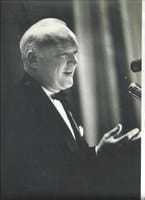
Milan Miskovsky left the Agency in 1964 and became director of the Lawyers’ Committee for Civil Rights Under Law, providing legal aid to victims of civil rights abuses.
Fidel Castro went on to rule Cuba for 45 more years.
As for the former members of Brigade 2506, for many, the experience strengthened their sense of patriotism and commitment to the principles on which this country was founded. They went on to serve their adopted country in a variety of ways. A few even continued their silent sacrifice in government service, volunteering to stay with the Agency and serve in the shadows, participating in many successful covert operations.

